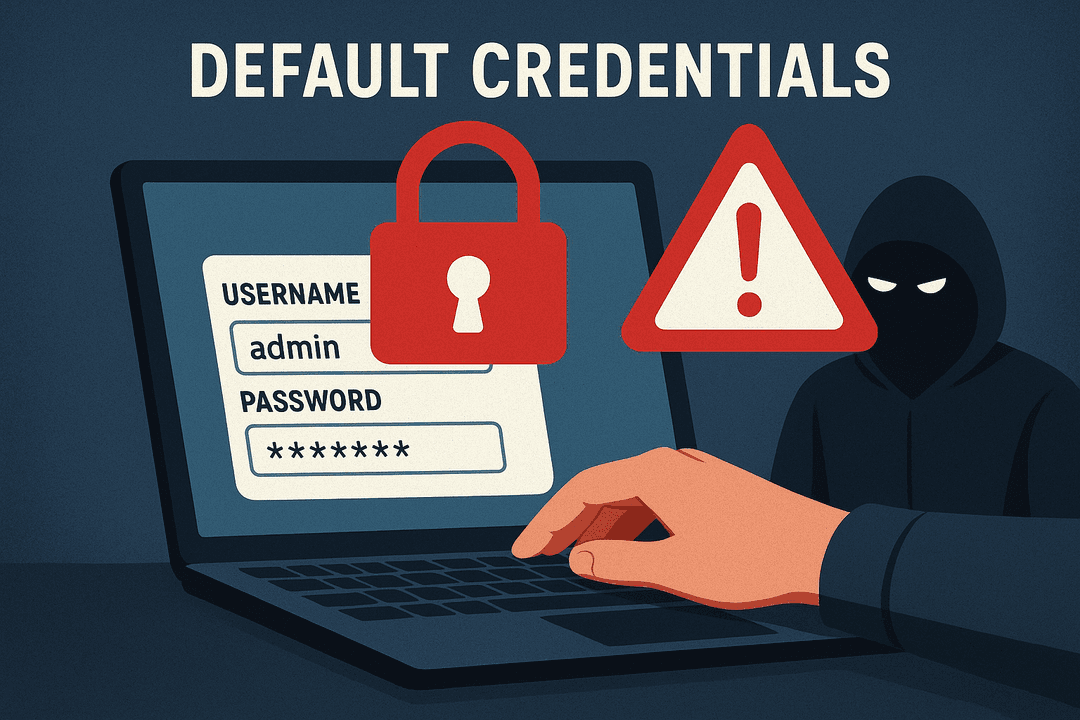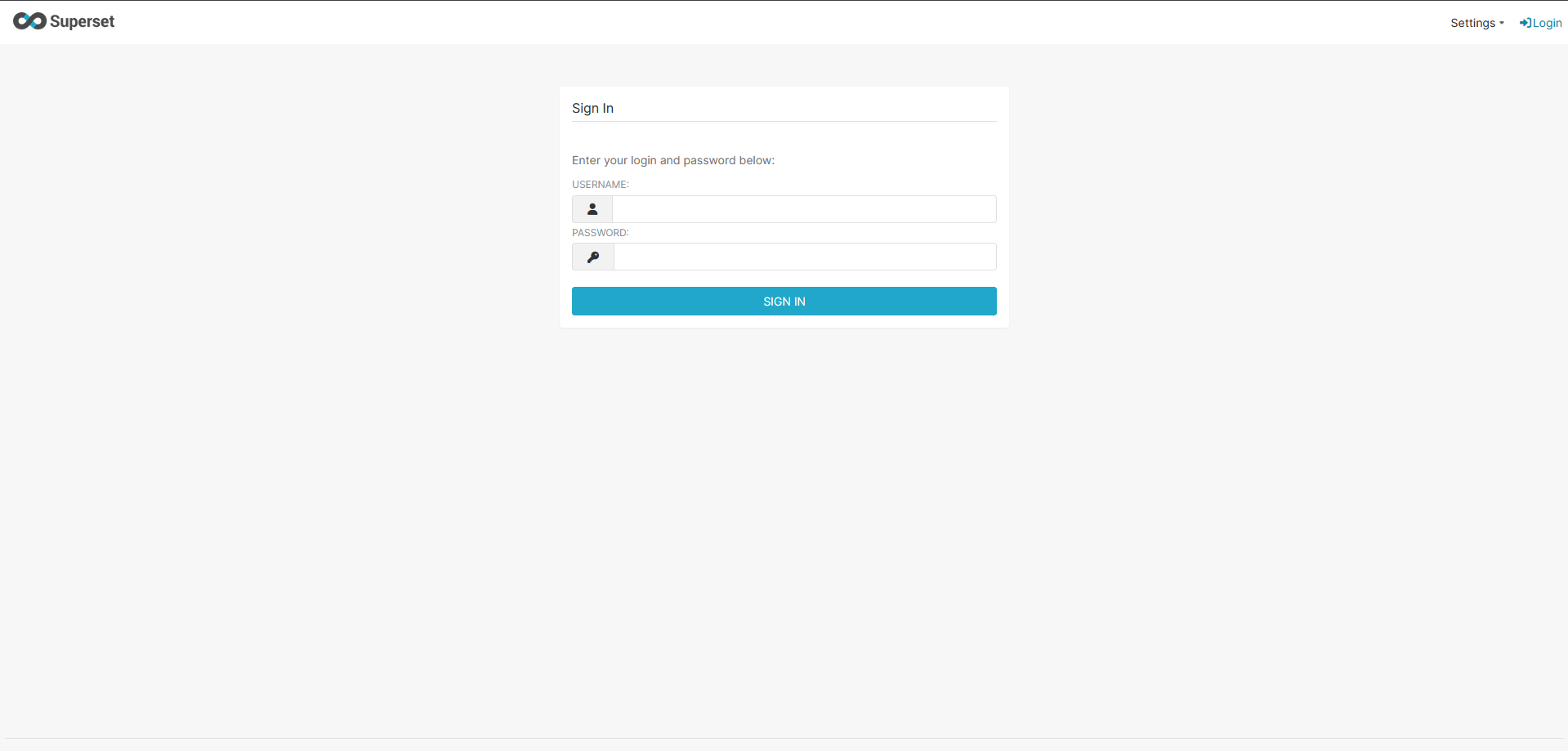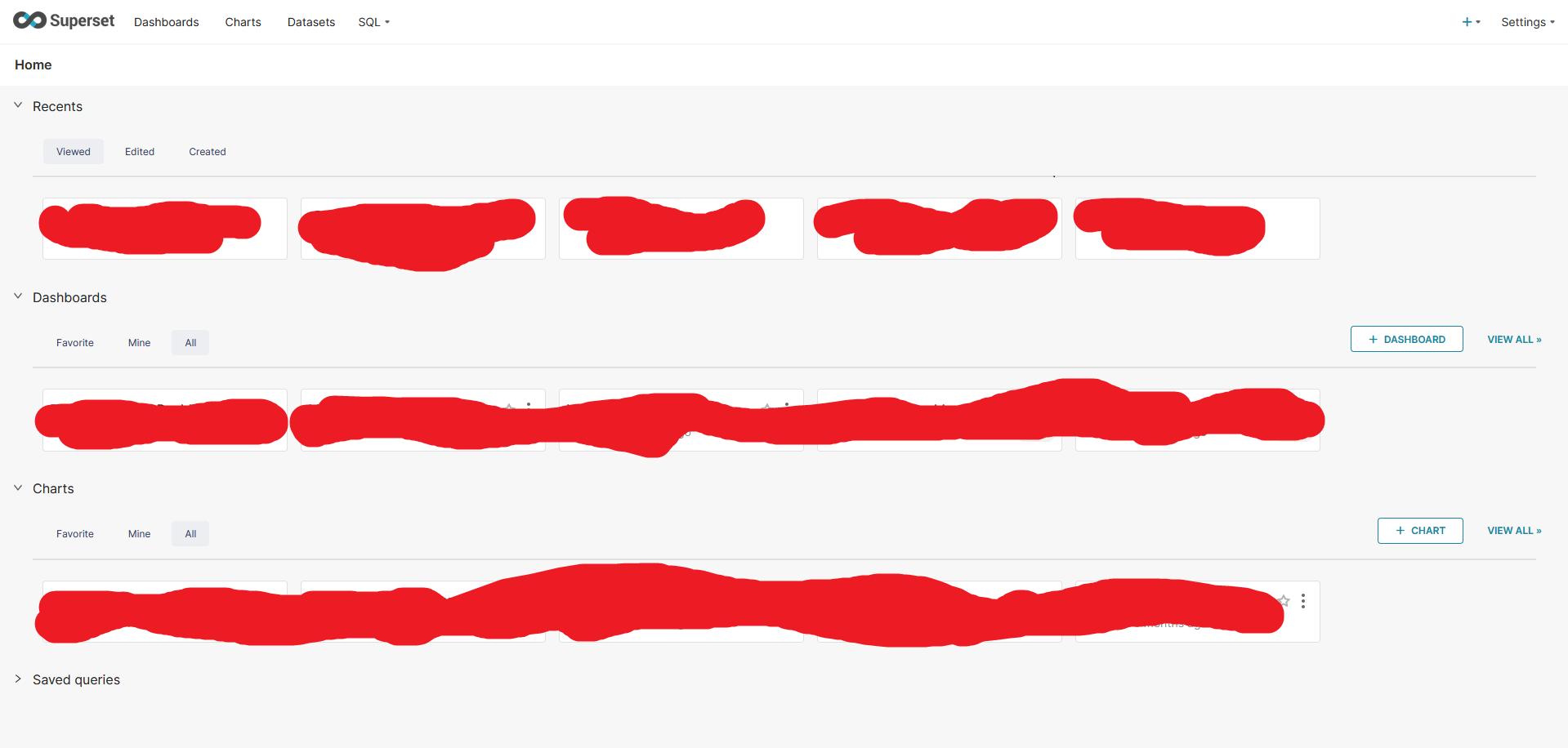25 Sept 2025
How I Hacked an admin panel in 2 just Minutes
Discover how default credentials (admin:admin) gave me full access to domain - a shocking security flaw that still exposes businesses in 2025! Learn how to fix this critical vulnerability and protect your systems. #Cybersecurity #BugBounty #ResponsibleDisclosure

Introduction
Imagine walking up to a bank vault, turning the handle, and finding it unlocked. No alarms, no guards—just free access. That’s exactly what happened when I discovered default credentials (admin:admin) working on redacted.com, a corporate domain that should have been secure.
Because of security reasons i will refer domain name to redacted.com
This wasn’t a sophisticated cyberattack. It was a simple, glaring oversight—one that could have led to data breaches, RCE, or worse
In this post, I’ll Walk you through:
How I found the vulnerability (with screenshots).
Why default credentials are still a massive risk in 2025
How to protect your systems from this rookie mistake
Let’s dive in ....
The Discovery: A Two-Minute "Hack"
Step 1: The Suspicious Login Page
While testing redacted.com as part of a bug bounty program, I noticed their is a Apache superset running on port 9000 had a generic login page—no CAPTCHA, no rate limiting, just a username and password field
🚩 Red flag #1: The page looked like a default vendor template.

Step 2: Trying the Unthinkable
Most hackers start with complex exploits. I decided to try the easiest attack possible:
Username: admin
Password: admin
I hit Enter—and the page loaded
🚩 Red flag #2: No 2FA, no lockout policy. Just full access.

Step 3: Inside the Admin Panel
Once logged in, I had complete control over:
HR Analytics
Employees Record
Management Dashboard
There is functionality to run SQL queries and got all data from dashboard
Why Default Credentials Are Still a Problem in 2025
You’d think companies would learn by now, but default credentials remain one of the top causes of breaches. Here’s why:
Laziness in Deployement
Overconfidence in Security
Vendor Negligence
How to Protect Your Systems
Change Default Credentials Immediately
Enforce Multi-Factor Authentication (MFA)
Monitor Login Attempts
Regular Security Audits